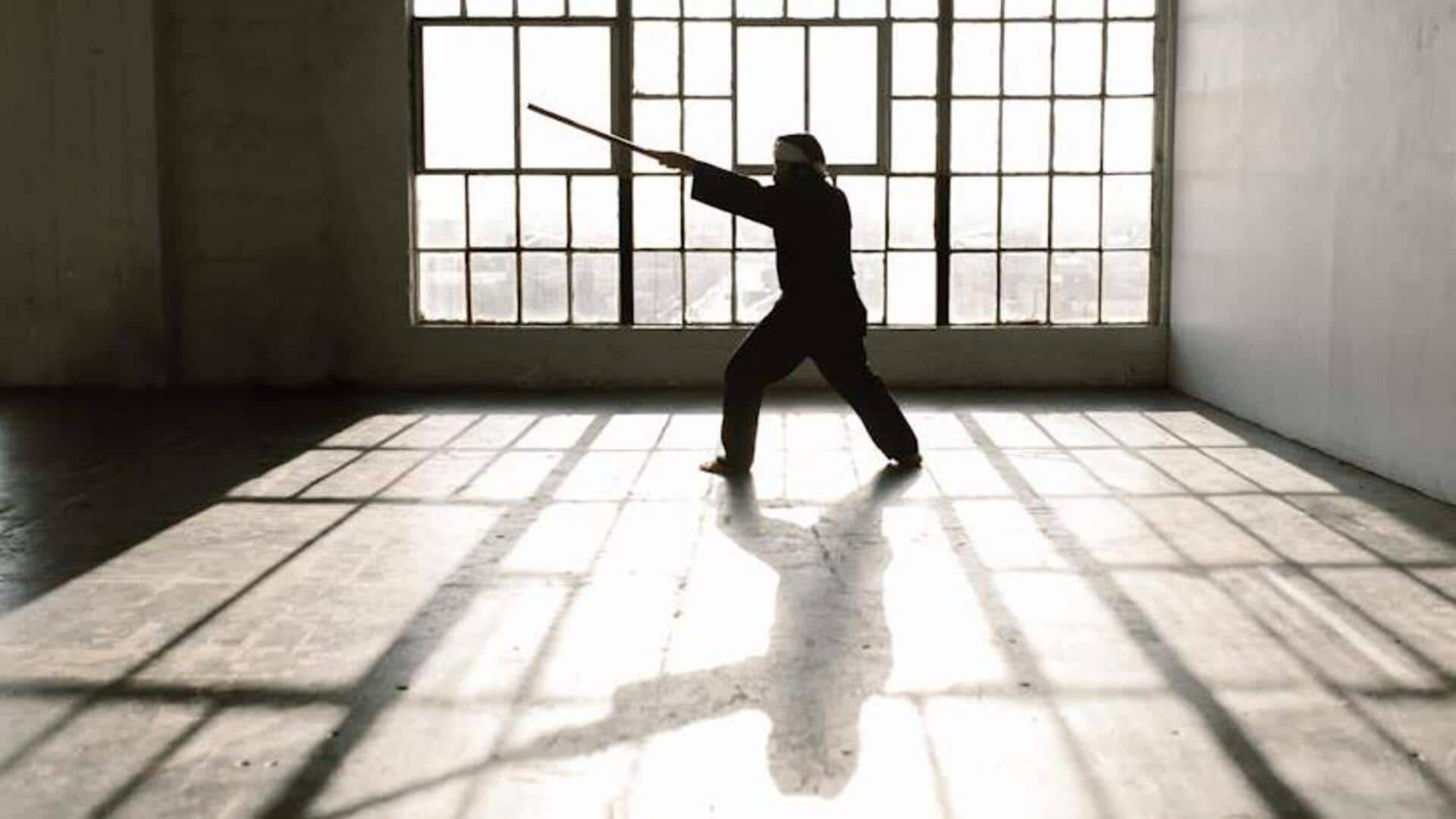
Want to learn Kendo martial arts? We've got you covered!
What's the story
Kendo, the way of the sword, is a modern Japanese martial art that goes beyond the mere wielding of a bamboo sword.
It is a discipline that harmonizes physical activity with mental strength, cultivating mindfulness through movement.
For novices, entering the realm of Kendo can be thrilling yet intimidating.
This guide endeavors to demystify the path, transforming it into an accessible and fulfilling journey.
Tip 1
Embrace the basics first
Don't rush into learning advanced techniques. Concentrate on mastering the fundamentals first.
In Kendo, your posture and the way you grip the shinai (bamboo sword) are the building blocks for everything else.
Invest time in perfecting your footwork (ashi-sabaki). You should be able to move swiftly without losing your balance.
Focusing on these basics will significantly benefit your future practice, making advanced techniques easier to learn.
Tip 2
Breathing: The core of your practice
Breathing is the heartbeat of Kendo, the unifying rhythm of mind and body.
Mastering breath control is key to sustaining focus and remaining calm under the pressure of matches.
Cultivate the art of deep abdominal breathing (diaphragmatic breathing). Draw breath inward through the nose, then release it through the mouth in a slow, controlled exhale.
This practice not only stills the mind but also enhances endurance by maximizing oxygen flow.
Tip 3
Mindfulness through repetition
Repetition is key in Kendo. You perfect your techniques and tactics through constant drills (kata) and sparring sessions (keiko).
But it's crucial to approach each repetition consciously, not mechanically. Focus on the intent behind each move, coordinating it with your breath and posture.
This transforms practice into moving meditation, sharpening focus while honing skill.
Tip 4
Cultivate patience and respect
Patience and respect are fundamental in Kendo, and they apply both inside and outside the dojo.
Progress requires patience, so be kind to yourself and show respect by listening to instructors, supporting peers, and honoring opponents.
A positive and respectful attitude creates a healthy learning environment, giving beginners the confidence to start their journey.
Always remember, even the greatest master was once a beginner.